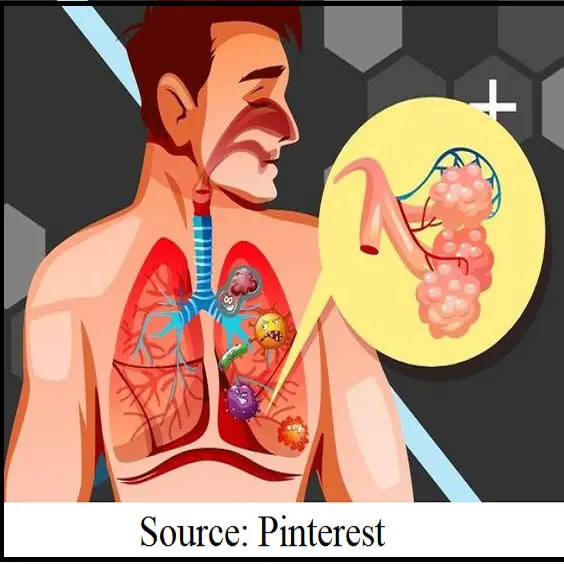Severe Respiratory Infections: Symptoms, Causes, Diagnosis, and Treatment
Introduction:
Respiratory infections are one of the most common ailments that people across the world face, especially during winter seasons. Though most of these infections are mild, some can be severe and even life-threatening. Severe respiratory infections can affect anyone, irrespective of age or gender. However, children, elderly people, and individuals with weak immunity are more susceptible to severe respiratory infections. With the rise in the number of cases of respiratory infections in recent years, it is essential to be aware of the symptoms, causes, diagnosis, and treatment of severe respiratory infections.
Symptoms of Severe Respiratory Infections:
Severe respiratory infections often start with a common cold, cough, or flu-like symptoms, but they can quickly escalate into something more severe. Patients with severe respiratory infections may experience symptoms like high fever, shortness of breath, chest pain, fatigue, rapid breathing, and low oxygen levels. In some cases, the patient may experience confusion, dizziness, bluish face or lips, or loss of consciousness. If you experience any of these symptoms, it is essential to consult a doctor immediately.
Causes of Severe Respiratory Infections:
Severe respiratory infections can be caused by a range of viruses, bacteria, and other microorganisms. Some of the most common causes of severe respiratory infections are influenza virus, respiratory syncytial virus (RSV), adenovirus, parainfluenza virus, Streptococcus pneumoniae, and Haemophilus influenzae. These microorganisms can spread through droplets in the air, hand-to-mouth contact, or touching contaminated surfaces.
Diagnosis of Severe Respiratory Infections:
To diagnose severe respiratory infections, doctors may perform a physical exam, ask about your symptoms, and review your medical history. They may also take a swab or culture of your nasal or throat secretions to identify the specific microorganism causing your infection. Blood tests, chest X-rays, and CT scans may also be necessary to determine the severity of the infection and its impact on the lungs.
Treatment of Severe Respiratory Infections:
The treatment of severe respiratory infections depends on the cause and severity of the infection. In most cases, patients with severe respiratory infections are treated with antiviral or antibiotic medications, oxygen therapy, and supportive care. In severe cases, hospitalization may be necessary for patients who need additional medical interventions like mechanical ventilation or intravenous (IV) fluids. To prevent severe respiratory infections, individuals should practice good hygiene, including washing hands frequently, covering the mouth and nose when coughing or sneezing, and avoiding close contact with sick people.
Conclusion:
Severe respiratory infections can be life-threatening and require immediate medical attention. Early diagnosis and treatment can prevent the spread of the infection and reduce the risk of complications. It is essential to be aware of the symptoms, causes, diagnosis, and treatment of severe respiratory infections to protect yourself and your loved ones from these illnesses. By following good hygiene practices and seeking medical attention when necessary, you can reduce your risk of contracting and spreading severe respiratory infections.
